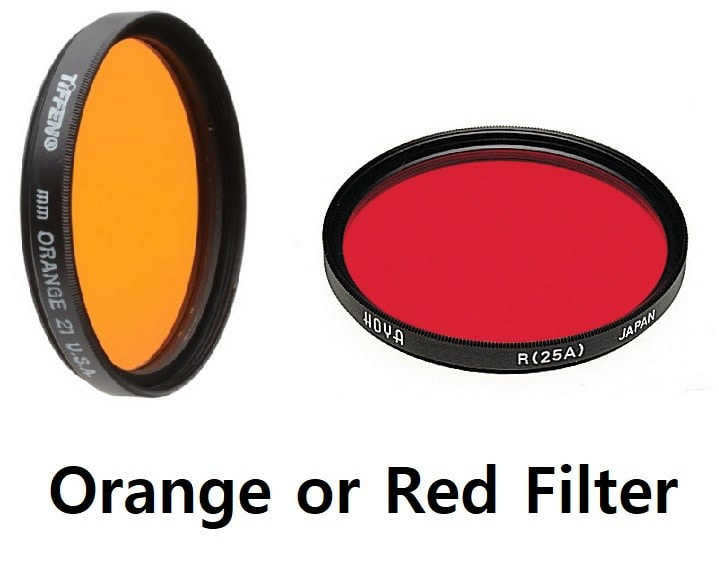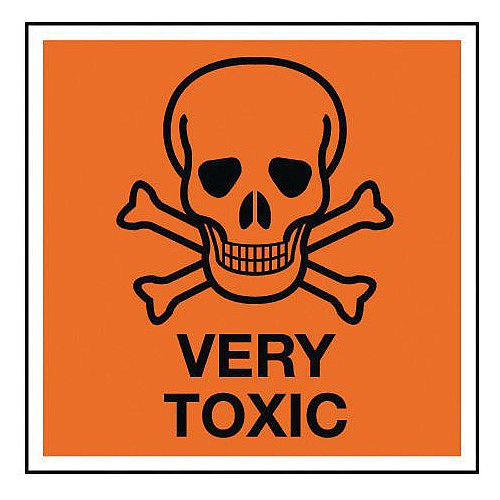|
Formula
Procedure of Application
Development Complete When
Source of Error
Incompatibilities
Precautions
Storage Container
Safety
Recommendations
Similar Reagent
Sequential Reagents
Formula
30 g Zinc chloride dissolved in
500 ml methyl-tert-butylether (MTBE)
20 ml of anhydrous Ethanol.
Use magnetic stirrer until completely dissolved. Dissolution may be slow. Add 10 ml Glacial acetic acid. Dilute with 500 ml Petroleum ether. Procedure of Application
View under a forensic light source 450 nm to 530 nm. Use dark orange or red barrier filters. Photograph results using a orange colored or 550(BP 35) bandpass filter. 1,2-Indanedione Treated Items: For most papers ...... View @ 515 nm with orange barrier filter. For manila, brown paper bags, cardboard items & kraft paper .... View @ 515 - 570 nm with orange or red 600(BP 35) barrier filters. Development Complete When
The Ruhemann's purple color is shifted to an orange color. Source of Error
Areas deeply stained Ruhemann's purple may yield little detail. Incompatibilities
Items that have not been treated with Ninhydrin, 1,2-Indanedione, or 5-MTN. Precautions
Spray zinc chloride LIGHTLY onto the item. Avoid visibly wetting the surface with the reagent solution. Storage Container
Dark stoppered glass bottles. Safety
Zinc chloride is considered toxic and corrosive. Prepare and apply in a fume hood. Recommendations
Use a fine-mist aerosol sprayer to apply the reagent solution. Use a forensic light source to induce fluorescence of the zinc chloride. Similar Reagent
Sequential Reagents
Vertical Divider
|
Chemical Name
Zinc Chloride Surface Used On Porous Surfaces Sensitive To Ninhydrin, 5-MTN & 1,2-Indanedioone Compounds Abridged Reagent Sequence
Vertical Divider
|
Ridge Detail Visualized by:
Forensic Light Source induced Reagent Applicabilities: Porous sufaces Fluorescent technique Post-Ninhydrin Other Chemical Name(s): None Working Solution Shelf-life: Six (6) months. |
Process Summary:
Zinc chloride is applied as post-ninhydrin , post 1,2-Indandione & post 5-MTN treatments in order to improve the strength of the fluoresence of the ridge detail for viewing and photography. When viewing the enhanced ridge detail, two approaches may be utilized ... 1). the Zinc chloride color-shifted ridge detail may be darkened with the appropriate wavelength and viewed without any barrier color filter, or, 2). the appropriate wavelength may illumine the latent print, which is viewed with the appropriate barrier color filter.
Zinc chloride treated ninhydrin ridge detail is color-shifted to an orange color, and Zinc chloride treated 5-MTN ridge detail is color-shifted to a reddish-purple color.
Zinc chloride is applied as post-ninhydrin , post 1,2-Indandione & post 5-MTN treatments in order to improve the strength of the fluoresence of the ridge detail for viewing and photography. When viewing the enhanced ridge detail, two approaches may be utilized ... 1). the Zinc chloride color-shifted ridge detail may be darkened with the appropriate wavelength and viewed without any barrier color filter, or, 2). the appropriate wavelength may illumine the latent print, which is viewed with the appropriate barrier color filter.
Zinc chloride treated ninhydrin ridge detail is color-shifted to an orange color, and Zinc chloride treated 5-MTN ridge detail is color-shifted to a reddish-purple color.
Accepted Deviations:
Other hydrocarbon solvents such as Pentane and Heptane may be subsitituted for Petroleum ether. The Zinc chloride treated item may also be viewed under white light using a blue or a green filter, which should darken the light pink or orange colored ridge detail.
Other hydrocarbon solvents such as Pentane and Heptane may be subsitituted for Petroleum ether. The Zinc chloride treated item may also be viewed under white light using a blue or a green filter, which should darken the light pink or orange colored ridge detail.
Supporting Reference Materials:
- "Chemical Formulas and Processing Guide for Developing Latent Prints", U.S. Dept. of Justice, pg. 47-48, 1994.
- Manual of Fingerprint Development Techniques 2nd. Ed., Home Office - Police Scientific Development Branch, White Crescent Press, Ltd., Luton, England, 2001.
- Advances in Fingeprint Technology 2nd. Ed., Lee, H.C. & Gaensslen, R.E., CRC Press, Boca Raton, FL., 2001.






